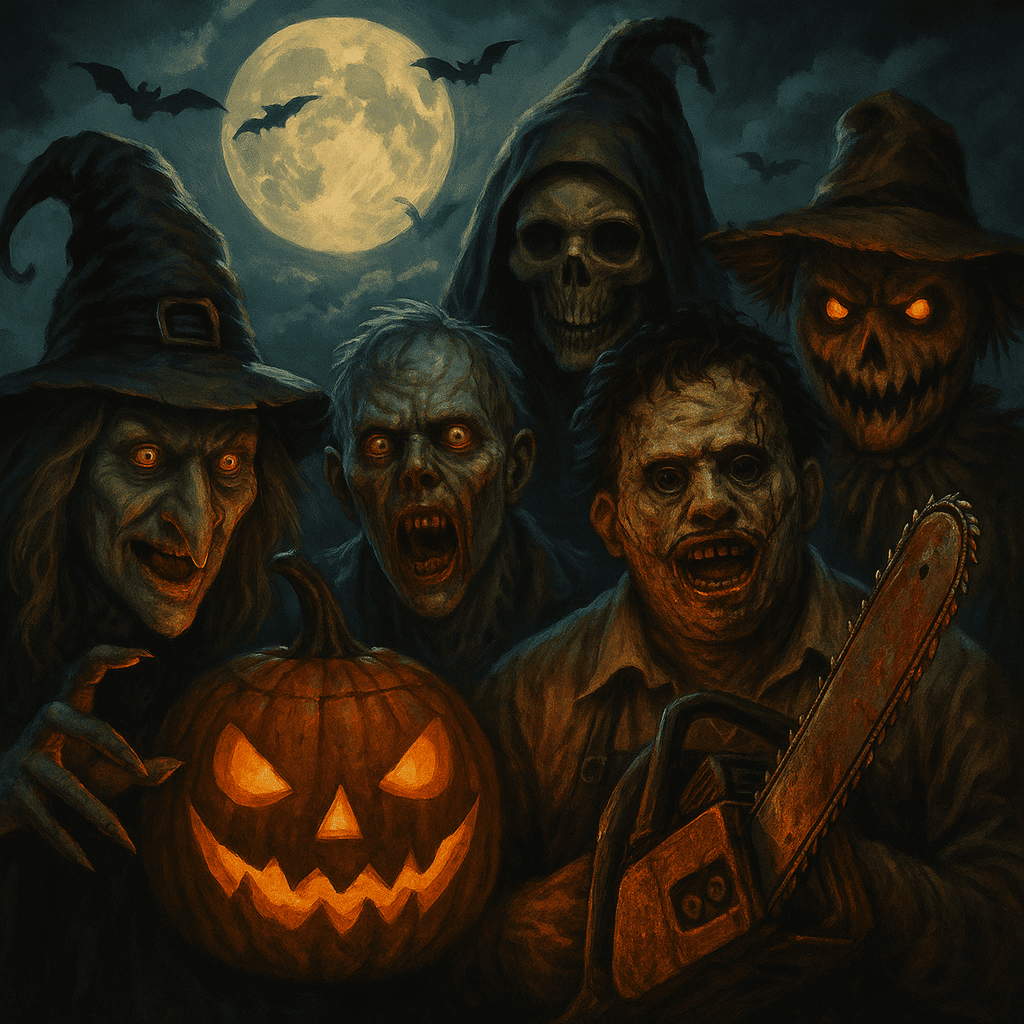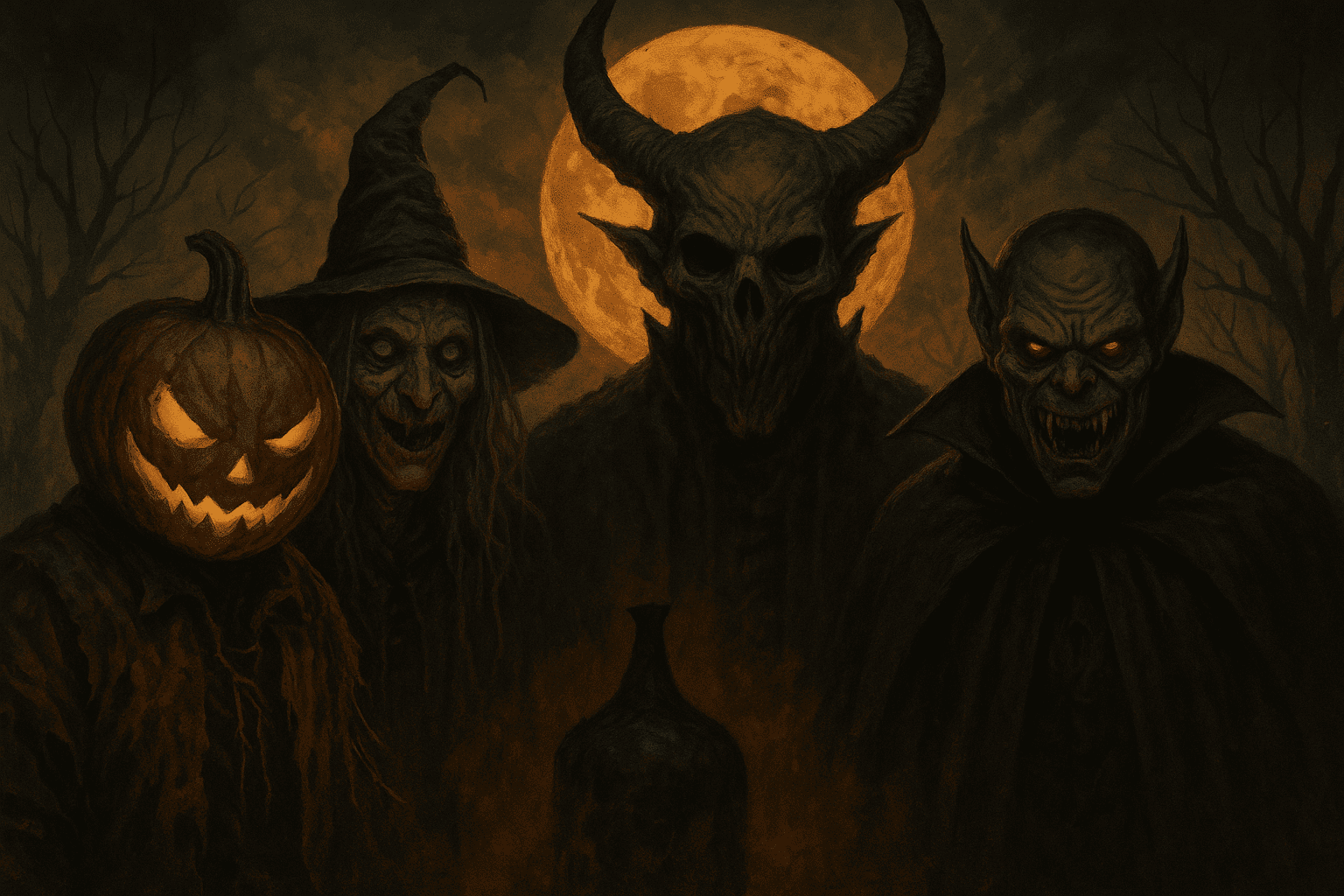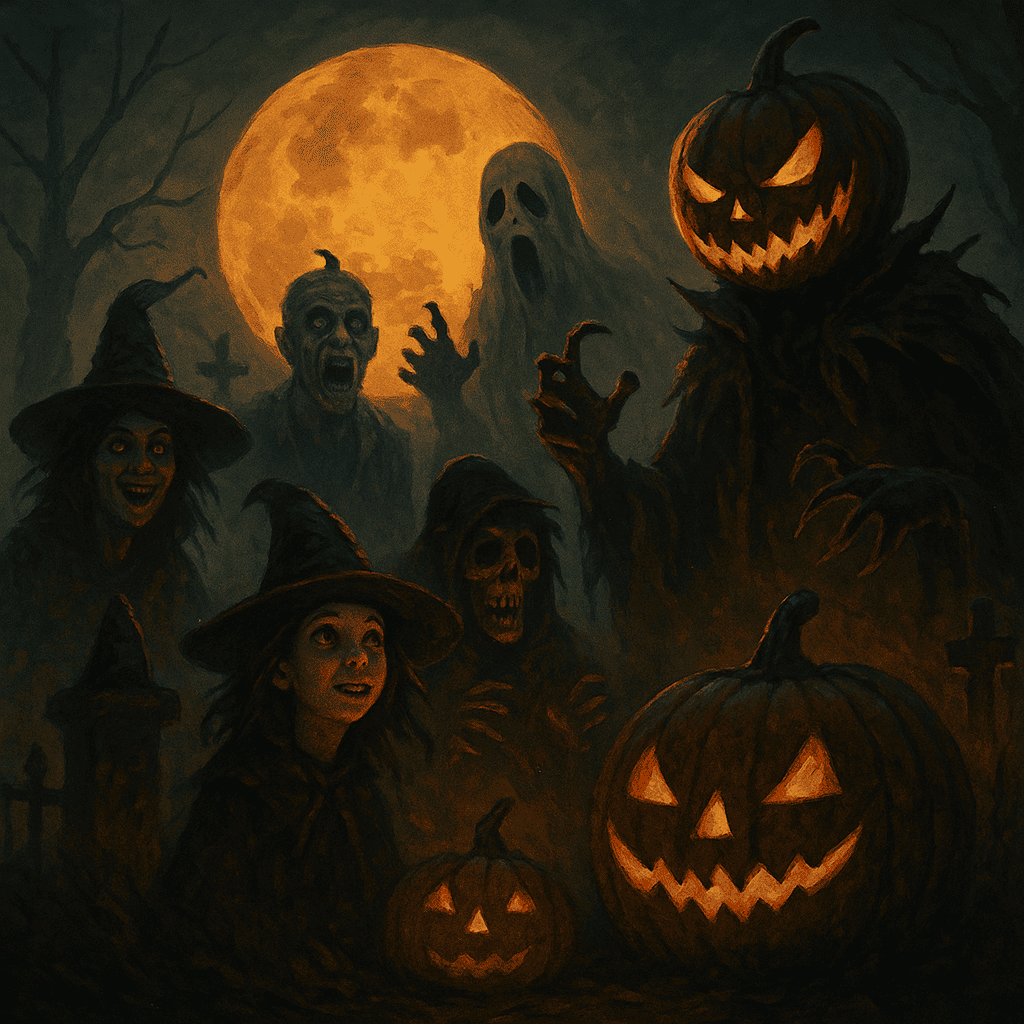This article includes gambling-related content. Irishblogs.ie is committed to providing accurate and responsible information. To ensure the highest standards of quality and safety, all gambling-related content is curated and verified by industry experts from search.casino. Please engage responsibly!

The season’s most unforgettable horror begins in silence. Alan Wake II, from Remedy Entertainment, isn’t a sequel as much as a descent into creative madness. Its protagonist is a writer trapped inside his own story, rewriting reality with a flashlight and a gun. Shadows move like living ink, words appear on walls, and every beam of light feels like an act of faith. Remedy has always treated fear as poetry, and here they’ve turned it into an interactive novel of obsession and redemption. Playing it feels like leafing through a nightmare that knows your name.
If Alan Wake II is literary horror, Still Wakes the Deep is its industrial echo. Set on a Scottish oil rig in the 1970s, it’s the sound of metal groaning under pressure, the hiss of a leaking pipe, and the muffled cry of something that shouldn’t exist. There are no weapons. No HUD. Only you, the storm, and an ancient force rising from the sea. The game’s creators, The Chinese Room, understand that horror works best when you’re powerless. Their claustrophobic corridors and flickering emergency lights make every breath feel earned. It’s less about monsters than about the dread of isolation—an atmosphere that creeps under your skin and settles there.
For players who miss the handcrafted terrors of the 1990s, Crow Country is pure nostalgia with a pulse. It looks like a forgotten PlayStation relic but feels entirely new. You arrive at an abandoned amusement park, once a cheerful place of cotton candy and lights, now overrun by shadows and regret. The retro graphics hide intricate design; puzzles unfold like dark riddles, and the world itself feels haunted by memory. It’s a love letter to Resident Evil and Silent Hill, built by people who grew up with CRT screens flickering in the dark. It reminds us that sometimes, the scariest things are the ones that look familiar.
Then there’s The Texas Chain Saw Massacre, the unruly child of multiplayer horror. Inspired by the 1974 classic, it turns chaos into art. You can be one of the terrified survivors trying to escape the Sawyer family’s farmhouse or step into the boots of the killers themselves. Each match is a grotesque dance of cat and mouse. The house breathes, the victims scream, and Leatherface’s chainsaw roars like an animal that hasn’t been fed. What makes this game so clever is its embrace of teamwork and improvisation. Every run feels like a horror film shot live, with friends laughing and shrieking across voice chat, turning fear into shared theatre. It’s gory, ridiculous, and weirdly joyful—the kind of horror that celebrates its own absurdity.

But terror doesn’t always wear a mask or swing a weapon. Sometimes, it speaks softly. Slay the Princess is one of the strangest and most brilliant horror experiences of the year—a storybook gone wrong. You’re sent to kill a princess imprisoned in a wooden cabin deep in the forest. She greets you kindly, then starts talking. And suddenly, the story splinters. Every dialogue choice becomes a psychological blade, cutting through layers of identity and guilt. The art style, hand-drawn and unnerving, gives the impression that you’re reading a fable that knows you’re reading it. The further you go, the less sure you are of what’s real. By the end, you’re not sure who’s saving whom.
Horror has always reflected our fears of the moment. In the 1980s it was technology, in the 1990s infection, and now, in the 2020s, it’s awareness. These games know how to watch you watching them. They use silence, choice, and intimacy to make fear personal again. They ask uncomfortable questions: how far will you go to survive? What would you do differently if you could rewrite the story? And why do we keep seeking the things that scare us?

Even outside the blockbuster names, horror is thriving in small, strange corners of the gaming world. Indie developers, freed from the need to please everyone, are making nightmares that feel handmade. CROWDED. FOLLOWED., an Irish-developed psychological thriller, has players gasping for breath as they flee through dimly lit streets with nothing but an inhaler and their own panic. Games like Iron Lung trap you in tiny metal spaces and let your imagination do the killing. Others, like Vampire Therapist, blend dark humor with existential dread, proving that fear can coexist with laughter when written by clever minds.
What unites them all is empathy. Good horror doesn’t hate its audience; it understands them. It lets you feel helpless but never hopeless. When you clutch the controller and freeze before opening that next door, the game is whispering: “I know what it’s like to be afraid. Let’s go there together.” That’s the secret power of interactive horror—it’s collaborative. You’re not just watching someone suffer; you’re sharing the pulse.
And when you finish a truly great horror game, the world outside feels a little different. The streetlights look dimmer. Your home feels quieter. You hear the hum of the refrigerator and think, just for a second, that it’s breathing. But more than fear, what lingers is appreciation—the artistry of sound, light, and timing that turns anxiety into awe. These games prove that fear, when done right, is one of the most creative emotions in human experience.
Halloween is the perfect excuse to explore it. The trick is to surrender. Turn off the lights, put on your headphones, and let the digital dark swallow you for a while. Remember that fear is just another kind of beauty, one that glows when the world goes quiet. And as the credits roll, and your heartbeat slows, you’ll realize something that only gamers understand: horror never really ends. It waits—behind every closed door, in every patch of fog, in every loading screen. It’s patient, playful, and eternal.
This year, horror gaming feels like coming home. A haunted home, sure—but one filled with stories, laughter, and the sweetest kind of fear.
